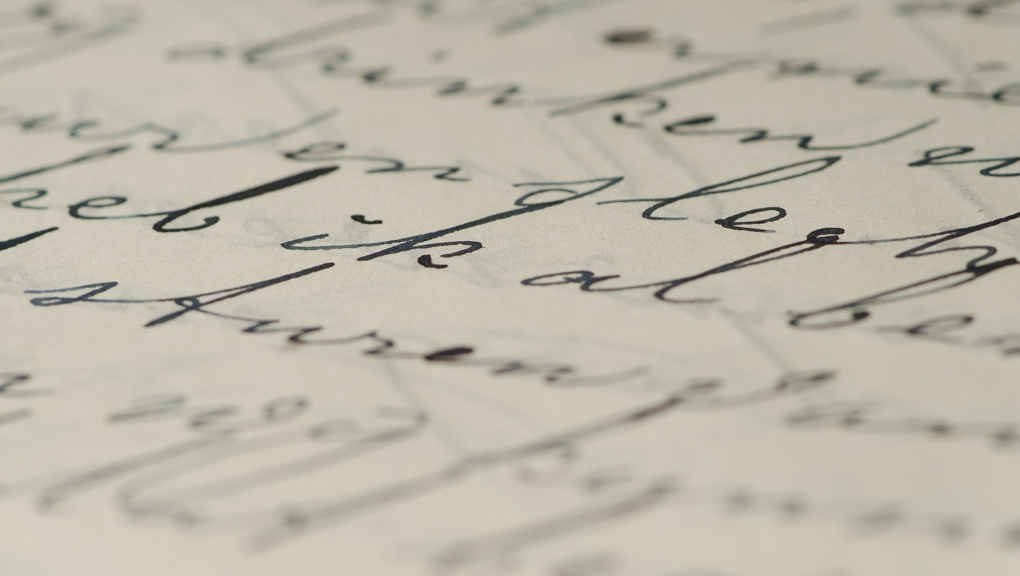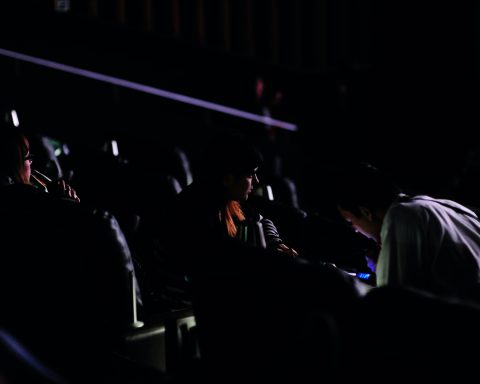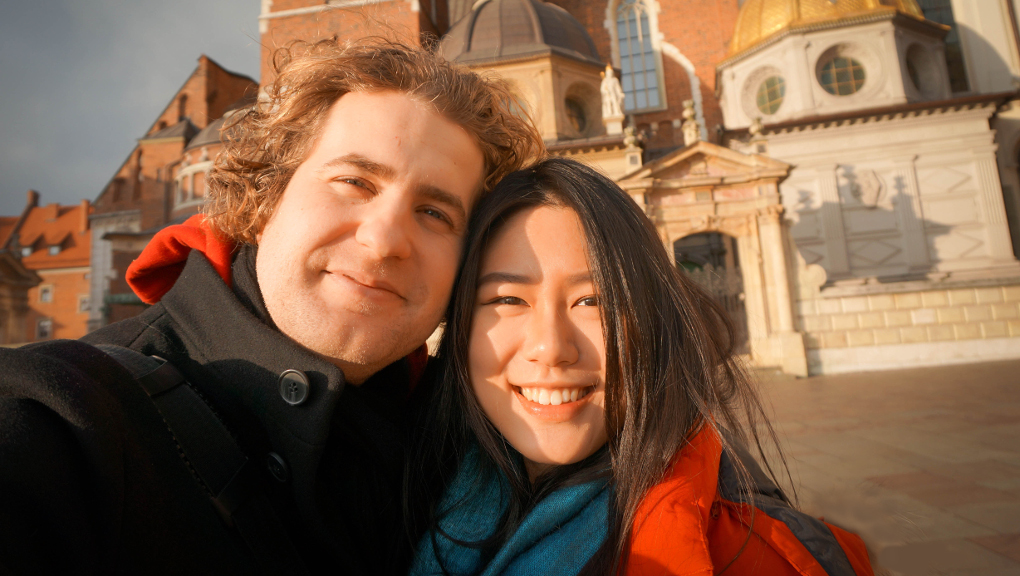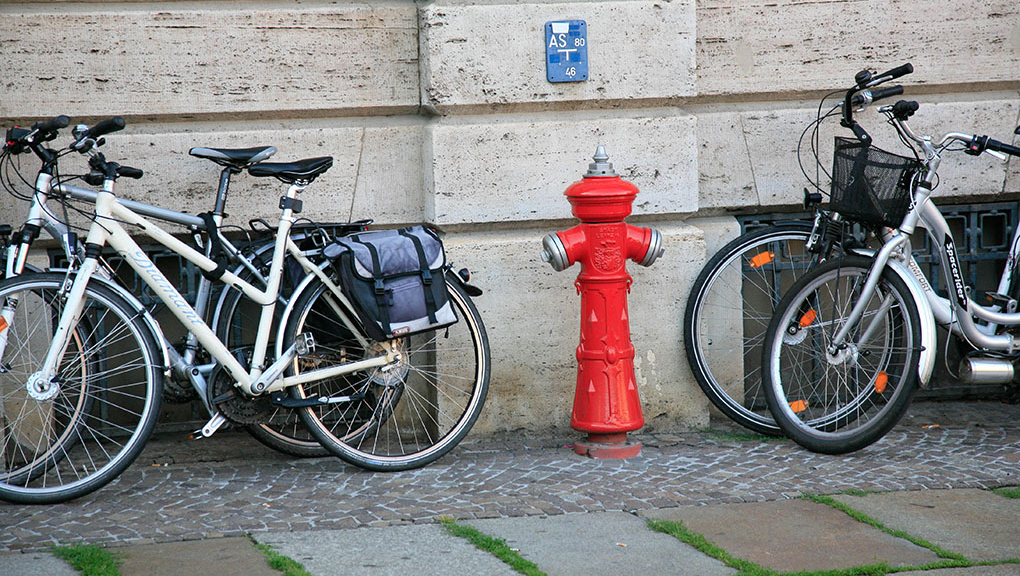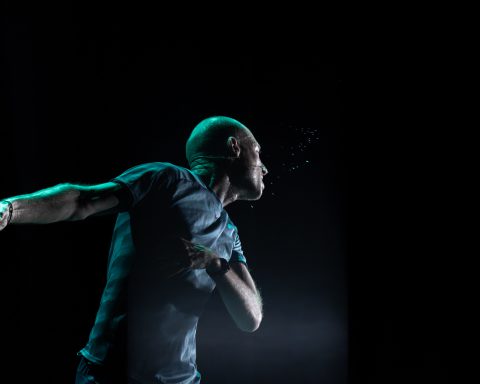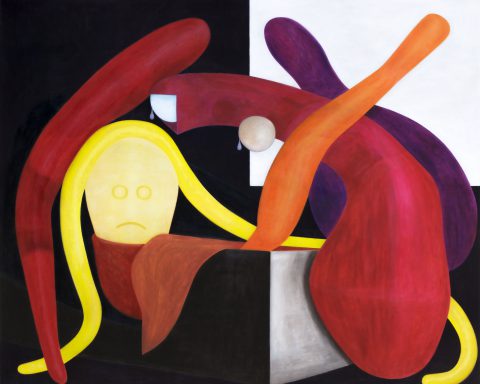“Two artworks arranged alchemically leave each intact, transform both and create a third thing. This third thing and the two original things then trigger cascades of thought and reaction; you know things you didn’t know you needed to know until you know them; then you can’t imagine ever not knowing them again. Then these things transform all the other things and thoughts you’ve had. This chain-reaction is thrilling and uncanny.” Jerry Saltz
This curatorial phenomenon could refer to works, but it could also refer to floors or pavilions or locations throughout a town; especially when we’re talking biennale. Biennales are contemporary art exhibitions that happen biannually. As you can imagine, they can have a big effect on pushing forward artists’ careers and art movements.
The first one was in Venice in 1895 and had 224,000 visitors. Headed by the mayor, the goal was to become like the World’s Fair for art. They wanted to bring visitors to the city and to talk about what was happening in the arts that was not being represented in museums. They had the council architect make use of abandoned gardens and an artist designed the facade.
As we continue our 7 part series written by participants in this year’s edition of the Konstfack CuratorLab based in Stockholm, Jérôme Malpel gives us a little more insight into the Gwangju Biennale 2016, The Eighth Climate (What does art do?) in Korea. The texts originally appeared on their website.
intro by maeshelle west-davies
Off-site artist commissions
The Eight Climate (What does art do?) biennale takes place in the South Korean city of Gwangju. In 1980 the city became an important and powerful location in the struggle for democracy. Peaceful demonstrations were suppressed by military forces, leading to the violent massacre of civilians. The biennale was founded in the spirit of the Gwangju Democratization Movement.
Since then, the biennale has taken place in the Biennale Exhibition Hall, which is a big exhibition space formed by two buildings, with four huge and flexible galleries. These buildings are structurally similar to the exposition centres which can be found in most major cities throughout the world. The generic layout allows for the flexibility to host numerous kinds of corporate or commercial events and is not specifically designed for art exhibitions.
In this article, I would like to explore the off-site project spaces instead. Removed from the confines of the hall, I found that these locations provided unique situations for artistic commissions.
Throughout the years, the Gwangju Biennale has worked with different regional and local institutions. The Mudeung Museum of Contemporary art, Uijae Museum, Gwangju Museum of Art, and the Nine Gallery were each involved in this biennale, presenting commissioned works off-site from the main exhibition.
A new project called Gwangju Folly started in 2011 under the direction of Seung Hyo-sang and Ai Weiwei. The long term aim of the project is to connect several spots in the city, creating a coherent constellation of spaces by using the morphology of the city as a new autonomous exhibition material.
Re-routing roundabouts
We had the opportunity to speak with German architect and curator Nikolaus Hirsch about the Roundabout Revolution folly built in 2013 by Eyal Weizman (Israel) and Samaneh Moafi (Iran/Australia). This talk was mainly focused on the importance of the autonomous format of such a structure.
The project took place in the traffic circle where people gathered in 1980 during the political uprising. This urban space has since been renovated with a new train station, erasing the morphology of the past. In order to leave a memory in that space and question the circle’s usage, the architect built a little round pavilion, where people can sit around a table and look and contemplate the history of that space.
Surrounding the pavilion, where cars pass over the location of the former roundabout, the architect painted on the street surface the former shape of the traffic circle. This drawing depicts, in concentric rings, different iconic public squares, such as that of the Arab Spring, Tahrir Square in Cairo and Jaleh Square in Tehran. Juxtaposing these different points of organised resistance, the architect creates a subtle reflexion on monument making.
Whereas in Arab countries the public square has transformed from being a strong symbol of revolution to the site of oppression, in Gwangju, by contrast, these squares have either been deleted or nearly eliminated through remodeling and renovation for new urban development.
Instead of building an actual monument in memory of this protest, here we see a form, which embodies a sort of “soft monument”.
The aim for the follies in Gwangju seems to be focused on creating places of culture and education rather than building monuments in a traditional sense.
This investigation of the public space is interesting because it is a way to rebuild the story of the uprising in South Korea, by offering a space to document history and generate conversation among people.
Rice field
Recently, the last urban rice field still in use in the city had been labelled “Hansaebong Agriculture & Eco-Park”. This is where Spanish artist Fernando García-Dory was commissioned to do an onsite project, entitled Lament of the Newt.
Here, García-Dory engages in a strong and powerful discourse about growing cities and community traditions.
Indeed, this little lot is the last local cultivated rice patty, engulfed by surrounding high rise towers and urban development.
As a small audience gathered for the performance, we were welcomed at the entrance of the rice field by the local community with some tea they also cultivate there. A few minutes later, an actor started to narrate the lament of the rice field, in the manner of a fable.
The audience was invited to follow the actors, all along the cultivation lot, and one by one the actors spoke and sang about the life of the field, the traditions that structured and regulated the cycle of cultures throughout the seasons and the year. And the major problem they are facing with urban development.
The people working there collaborated with the artist to produce a theatrical performance that expressed the gravity of the situation. The rice patty field must be protected from construction and building speculation.
By placing the audience in the actual context of the field, García-Dory dives straight into the conflict that this community faces. This off-site commission allowed him to show urban and political issues in their real aspect. This little rice field, facing those massive condominiums, is a clear visual symbol of the threat of urbanisation that this community is grappling with.
Cyanotype on the mountain
The Uijae Museum of Art is located in Mudeungsan National Park, outside the city. It sits along a long straight road, mostly used by hikers on their path to the top of the mountain and by visitors of the Jeungsimsa Buddhist temple, where monks pray and live up in the forest far from the city.
The museum’s collection is an homage to the famous Korean painter Heo Baekryeon, mainly consisting of traditional prints. While waiting for the artist’s public talk to begin, I walked around the temporary biennale exhibition that the museum was graciously hosting. I was pleasantly surprised by the harmony emerging from the space and its surroundings.
Swedish artist Gunilla Klingberg had created an installation called When Stillness Culminates there is Movement. It was composed of two main elements: a bamboo curtain structure, fixed from the ceiling down to the gallery, and a collection of cyanotype prints on the wall.
I talked to the artist before she made the presentation about her commission in the museum. Her main concern was to use a slow process, engaging conversation and exchange with handicraft and local people.
She visited the exhibition site four times during her research and production phase, and stayed there on the mountain. She worked with a fortune teller, and the concepts of Feng Shui, in order to produce the installation. The blue prints presented in the exhibition space indicate the actual moments of the meeting with the fortune teller with Korean characters and numbers.
The chemical process of making the prints is really fragile and ephemeral. The images are slowly revealed by the light of the sun.
In the middle of the space, the bamboo curtains connect directly to the fortune parlours, as they are typically hung in the entrance ways.
Klingberg used this material to make a floating sculpture in the museum space. This working process was marked by failures and successes that became a part of the construction of the final object, as an inherent part of its constitution, a form of knowledge built by making.
Klingberg’s proposition engages the audience in a dialogue with the nature and the landscape in which the museum is situated, but also with traditional techniques. The artworks feel like they have been here forever.
Site-specific commissions bring a different relation between the audience and the artworks.
The several follies in the city tend to create a structure, encouraging a movement from one place to another, while questioning the visitor about the habits and use of urban spaces.
On the edge of the city, the local community working with García-Dory draws our attention to the responsibility that we all share: warning the audience and the powers that be to preserve historical sites and of the environmental issues of over-expansion.
Klingberg creates a straight connection between tradition and our contemporary world, creating a bridge. Her installation creates a concrete situation, bringing to the forefront an opportunity for the audience to learn more about the local culture, habits and ways of image-making.
I found each of these specific artistic commissions particularly interesting within the framework of such a large scale, institutional exhibition format as an Art Biennale. The Gwangju Beinnale is the biggest in Asia.
In a recent Korea Times article about the 11th Gwangju Biennale 2016, it said it was “not spectacular but thoughtful”. It begs the question: Do we need it to be spectacular? This inquiry goes straight to the core of the curatorial idea, questioning the role of art, in a tangible reality.
Jérôme Malpel is a French architect who graduated from the EAVT in Paris where he studied in Jacques Lucan’s Theory and Project studio. He has worked at Franco-Brazilian agency Tryptique in São Paulo and at Alejandro Sticotti’s studio in Buenos Aires. Whilst practicing as an architect between South America and Paris, Jérôme also continued to pursue a number of independent architectural and curatorial projects for different types of institutions in Paris, both public and private (Pavillon del Arsenal, Musee des Arts Decoratifs, private gallery).

